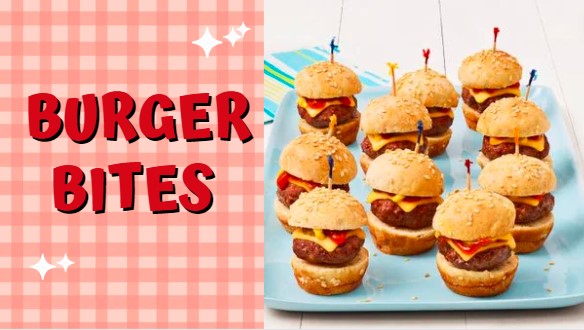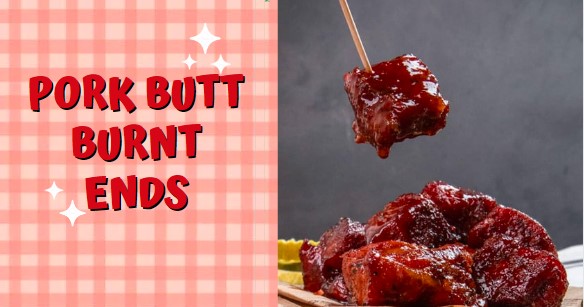Cheddar cheese curds are a delightful snack that has gained immense popularity worldwide. These bite-sized morsels are made from fresh cheese curd, typically from cow’s milk, that has been separated from the whey and shaped into small, springy cubes. The magic of cheese curds lies in their unique texture and flavor, which is both creamy and crumbly at the same time.

One of the most popular ways to enjoy cheese curds is by deep-frying them until crispy and golden brown. Fried cheese curds are a staple in many restaurants and bars, often served as an appetizer or side dish. The exterior becomes crunchy and golden, while the inside remains soft and cheesy. This contrast of textures is a match made in heaven, making fried cheese curds a must-try for anyone who loves cheese.
Curd cheese, like cheddar cheese curds, comes in a variety of flavors and textures. From the mild and creamy to the sharp and tangy, there’s a curd cheese out there for everyone. Cheddar cheese curds, in particular, have a rich and nutty flavor that is both addictive and delicious.
What Is A Cheese Curd?
A cheese curd is a small, bite-sized piece of fresh cheese that has been separated from the whey, a liquid byproduct of cheese production. Curds are typically made from cow’s milk, but can also be made from the milk of other animals like goats or sheep. They have a mild, slightly tangy flavor and a soft, springy texture that “squeaks” when you bite into it.
Fresh cheese curds are often enjoyed on their own or used in recipes like poutine, fondue, or grilled cheese sandwiches. They’re a delicious and versatile snack that’s perfect for any cheese lover!
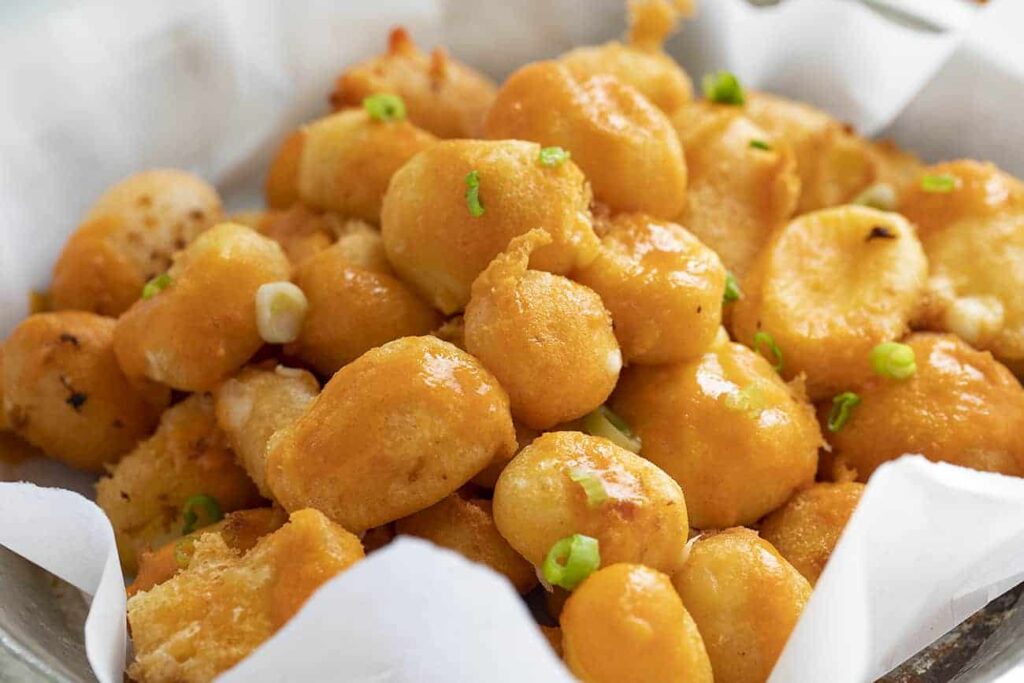
Cheese vs. Cheese Curds
The age-old debate: cheese vs. cheese curds. While both are delicious in their own right, they offer distinct experiences. Cheese is a processed, aged product with a smooth, creamy texture and a rich, developed flavor. Cheese curds, on the other hand, are fresh, squeaky, and bursting with milky flavor. They’re like the raw, unbridled energy of cheese, while cheese is the refined, sophisticated cousin.
Kitchen Tools Needed
What Is In Cheese Curds?
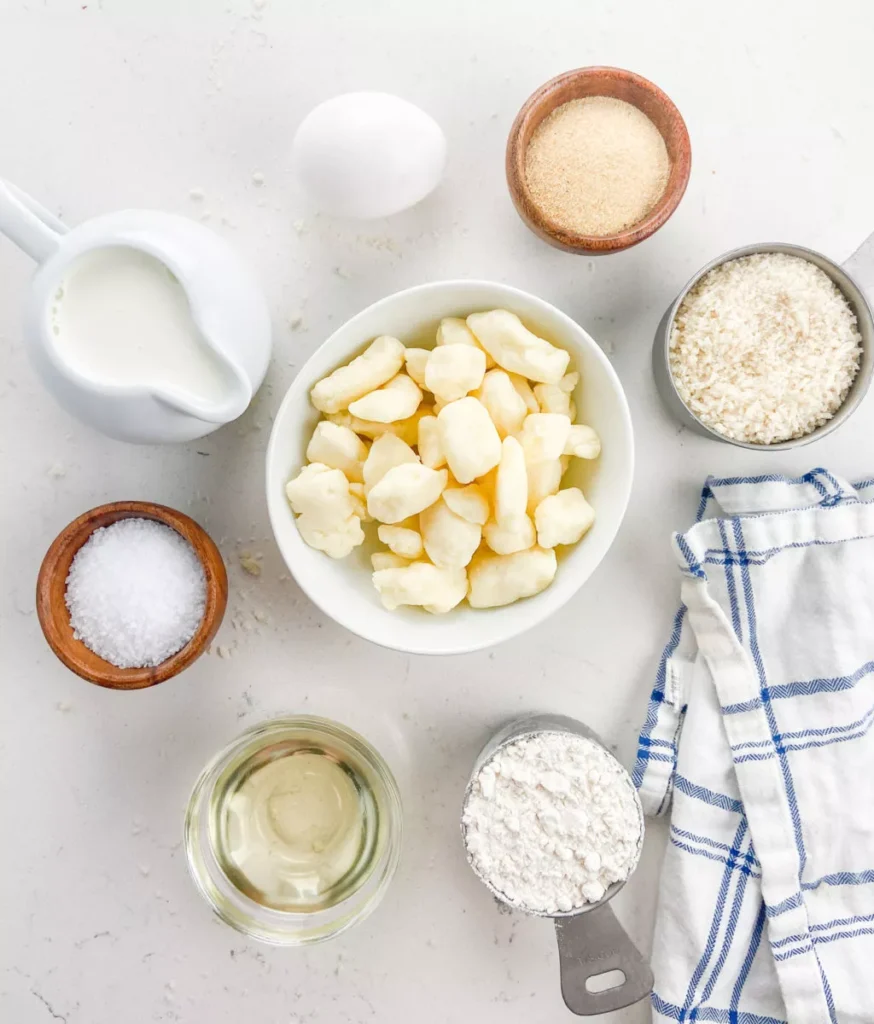
Note: If you want to make fried cheese curds, you will also need:
How To Make Cheddar Cheese Curds?
Pasteurize the Milk
Begin by pouring the gallon of whole milk into a large pot and placing it on the stovetop over medium heat. Stir occasionally until the milk reaches a temperature of 145°F (63°C). Hold this temperature for 30 minutes to pasteurize the milk. Then, remove the pot from the heat and let it cool to 86°F (30°C).
Add Cultures and Incubate
Once the milk has cooled, add the cheese cultures and stir gently to distribute evenly. Cover the pot and let it sit in a warm, draft-free place for 45 minutes to allow the cultures to grow and convert the milk sugar into lactic acid.
Add Rennet and Coagulate
Next, add the rennet to the milk and stir gently for about 30 seconds to distribute evenly. Allow the milk to sit for 30-40 minutes, or until it has fully coagulated and separated into curds and whey.
Cut and Drain Curds
Cut the curds into small pieces, about 1/2 inch (1 cm) in size, to release more whey and create a smooth, even texture. Let the curds sit for 10-15 minutes, then carefully pour off the whey into a separate container. Line a cheese mold or colander with cheesecloth or butter muslin and place it over a tray or plate. Gently transfer the curds to the cheesecloth or butter muslin and let them drain for 30-40 minutes, or until most of the whey has been removed.
Shape and Age Curds (Optional)
If you want to age your cheese curds, you can shape them into small balls or blocks and place them on a wire rack set over a tray or plate. Cover them with cheesecloth or plastic wrap and let them age in the refrigerator for several weeks, turning them occasionally, until they have developed a rich, tangy flavor and a firm, crumbly texture.

Frying Method
Prepare the Curds
If you want to fry your cheese curds, start by cutting them into small pieces, about 1/2 inch (1 cm) in size. If you’ve aged your curds, you may need to trim off any mold or rind before cutting.
Dredge in Flour or Cornstarch
Place the curd pieces in a shallow dish or tray and sprinkle with flour or cornstarch, gently tossing to coat evenly.
Fry the Curds
Heat about 2-3 cups of vegetable oil in a deep frying pan or a deep fryer to 350°F (175°C). Carefully add the coated curd pieces to the hot oil in batches, being careful not to overcrowd the pan. Fry for 2-3 minutes on each side, or until the curds are golden brown and crispy. Remove the fried curds from the oil with a slotted spoon and place them on a paper towel-lined plate to drain excess oil.
Air Fryer Cheese Curds
Prepare the Curds
If you want to air fry your cheese curds, start by cutting them into small pieces, about 1/2 inch (1 cm) in size. If you’ve aged your curds, you may need to trim off any mold or rind before cutting.
Preheat the Air Fryer
Preheat your air fryer to 375°F (190°C).
Cook the Curds
Place the curd pieces in a single layer in the air fryer basket. You may need to cook them in batches depending on the size of your air fryer. Cook the curds for 3-4 minutes, or until they are golden brown and crispy. Shake the basket halfway through cooking to ensure even cooking.
Serve and Enjoy!
Serve the air-fried cheese curds hot and enjoy! You can also sprinkle them with salt or other seasonings to taste.
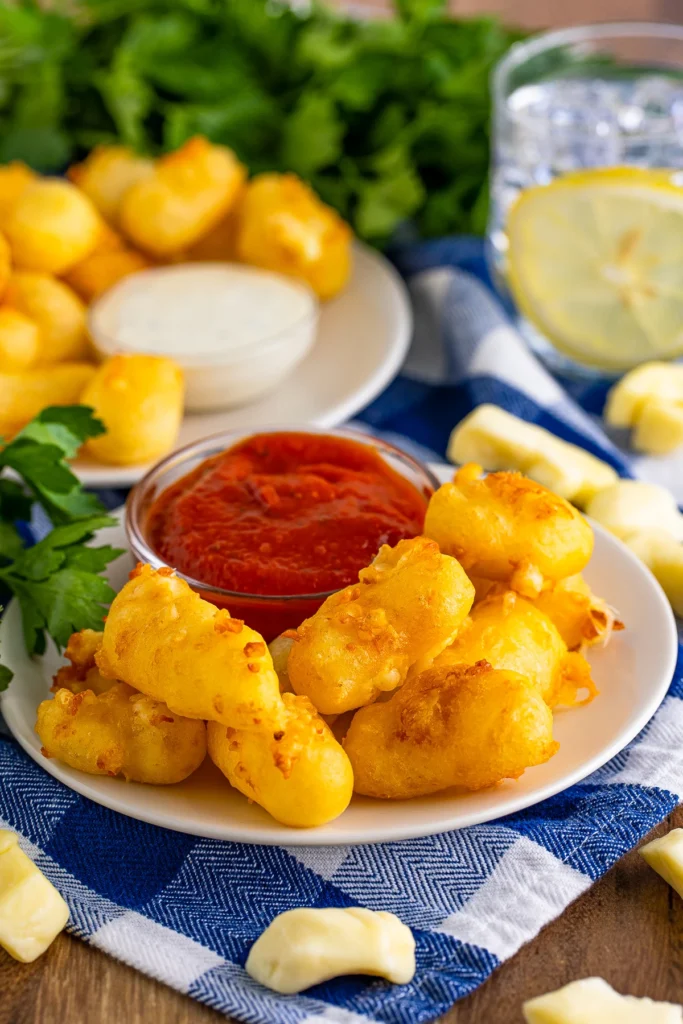
What To Serve With Cheddar Cheese Curds?
Tips And Tricks

Health Benefits
Variations for Cheddar Cheese Curds
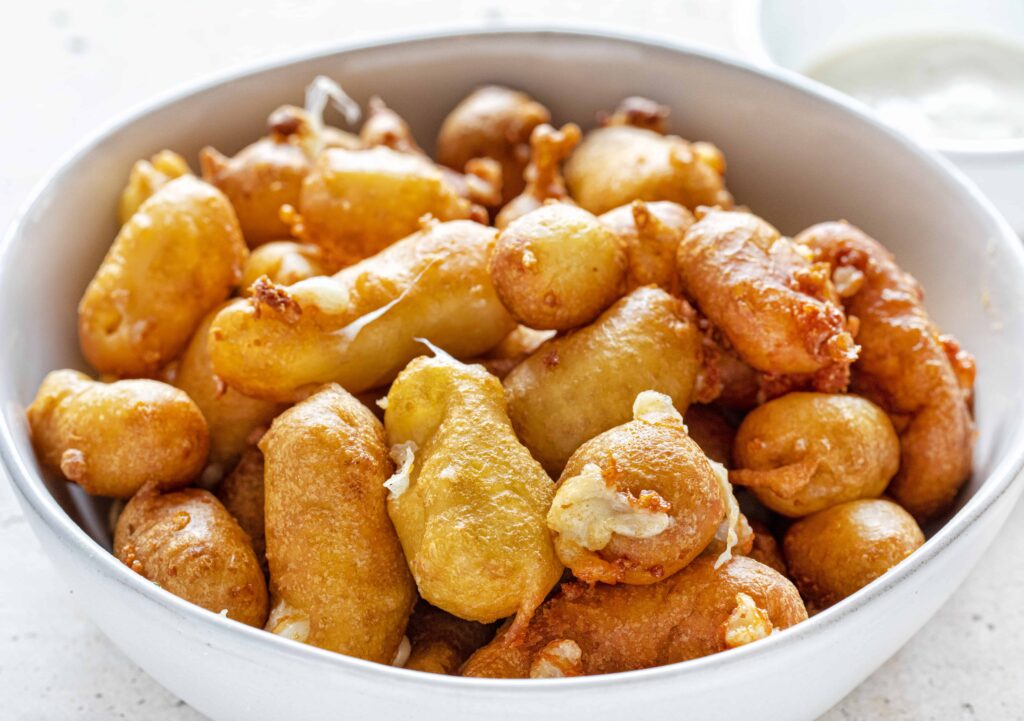
Substitutions for Cheddar Cheese Curds
Making Ahead, Storage And Reheating
Making Ahead
Storage
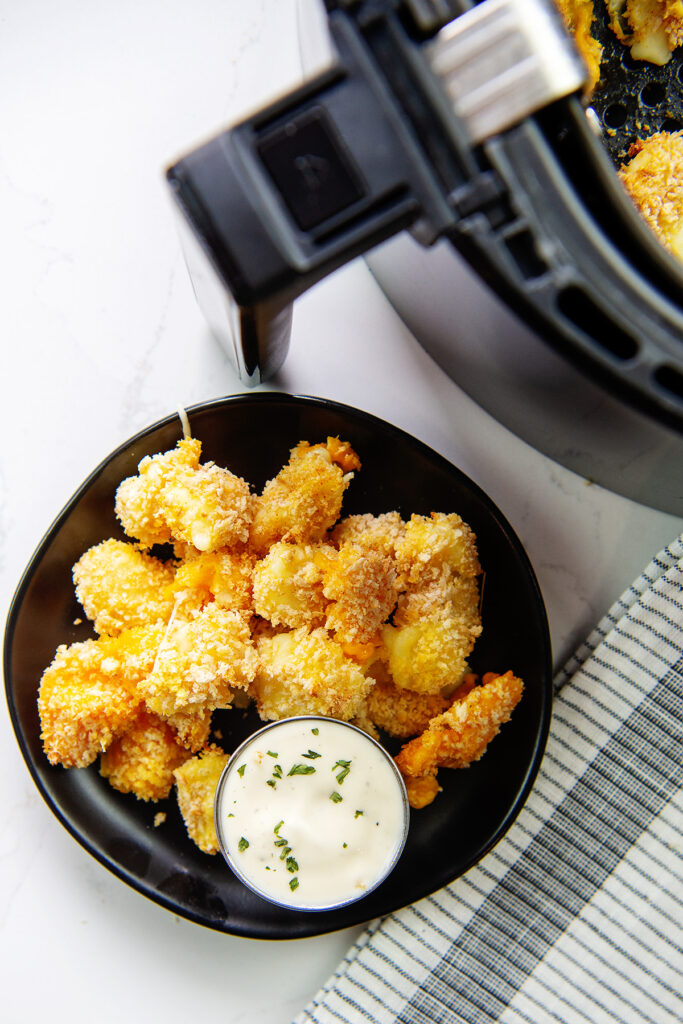
Reheating
Tips
Nutritional Facts of Cheddar Cheese Curds (per 100g serving)
If You Like This Recipe, You Might Also Like
Super Tasty Ham and Cheese Crescent Rolls Recipe
Perfect Pizza Toast Recipe In Just 20 Minutes
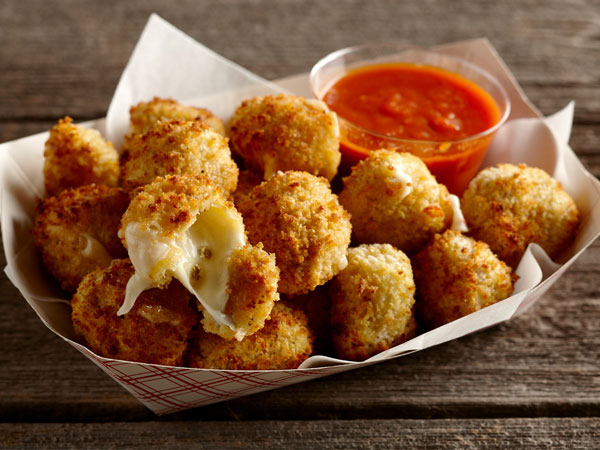
Frequently Asked Questions – FAQ’s
Cheddar Cheese Curds
Course: Snacks and AppetizersCuisine: Canadian, AmericanDifficulty: Easy4
servings30
minutes10
minutes335
kcalIngredients
1 gallon whole milk
1/4 cup cheese cultures (specifically mesophilic cheese cultures)
1/4 tsp annatto (optional, for color)
1/2 tsp salt
1/4 tsp rennet (vegetable or animal)
1/2 cup cheese salt (for brining)
Note: If you want to make fried cheese curds, you will also need:
Vegetable oil for frying (about 2-3 cups)
All-purpose flour or cornstarch for dredging (about 1 cup)
Directions
- Begin by pouring the gallon of whole milk into a large pot and placing it on the stovetop over medium heat. Stir occasionally until the milk reaches a temperature of 145°F (63°C). Hold this temperature for 30 minutes to pasteurize the milk. Then, remove the pot from the heat and let it cool to 86°F (30°C).
- Once the milk has cooled, add the cheese cultures and stir gently to distribute evenly. Cover the pot and let it sit in a warm, draft-free place for 45 minutes to allow the cultures to grow and convert the milk sugar into lactic acid.
- Next, add the rennet to the milk and stir gently for about 30 seconds to distribute evenly. Allow the milk to sit for 30-40 minutes, or until it has fully coagulated and separated into curds and whey.
- Cut the curds into small pieces, about 1/2 inch (1 cm) in size, to release more whey and create a smooth, even texture. Let the curds sit for 10-15 minutes, then carefully pour off the whey into a separate container. Line a cheese mold or colander with cheesecloth or butter muslin and place it over a tray or plate. Gently transfer the curds to the cheesecloth or butter muslin and let them drain for 30-40 minutes, or until most of the whey has been removed.
- If you want to age your cheese curds, you can shape them into small balls or blocks and place them on a wire rack set over a tray or plate. Cover them with cheesecloth or plastic wrap and let them age in the refrigerator for several weeks, turning them occasionally, until they have developed a rich, tangy flavor and a firm, crumbly texture.
- If you want to fry your cheese curds, start by cutting them into small pieces, about 1/2 inch (1 cm) in size. If you’ve aged your curds, you may need to trim off any mold or rind before cutting.
- Place the curd pieces in a shallow dish or tray and sprinkle with flour or cornstarch, gently tossing to coat evenly.
- Heat about 2-3 cups of vegetable oil in a deep frying pan or a deep fryer to 350°F (175°C). Carefully add the coated curd pieces to the hot oil in batches, being careful not to overcrowd the pan. Fry for 2-3 minutes on each side, or until the curds are golden brown and crispy. Remove the fried curds from the oil with a slotted spoon and place them on a paper towel-lined plate to drain excess oil.
- If you want to air fry your cheese curds, start by cutting them into small pieces, about 1/2 inch (1 cm) in size. If you’ve aged your curds, you may need to trim off any mold or rind before cutting.
- Preheat your air fryer to 375°F (190°C).
- Place the curd pieces in a single layer in the air fryer basket. You may need to cook them in batches depending on the size of your air fryer. Cook the curds for 3-4 minutes, or until they are golden brown and crispy. Shake the basket halfway through cooking to ensure even cooking.
Conclusion
Cheddar cheese curds are a delightful and versatile snack that offers a rich, creamy flavor and a satisfying texture. With their high protein and calcium content, they make a great addition to a healthy diet.
Whether you enjoy them on their own, melted in a sauce, or baked in a casserole, cheddar cheese curds are sure to please. Try making them at home with a few simple ingredients and experience the joy of fresh, homemade cheese.


